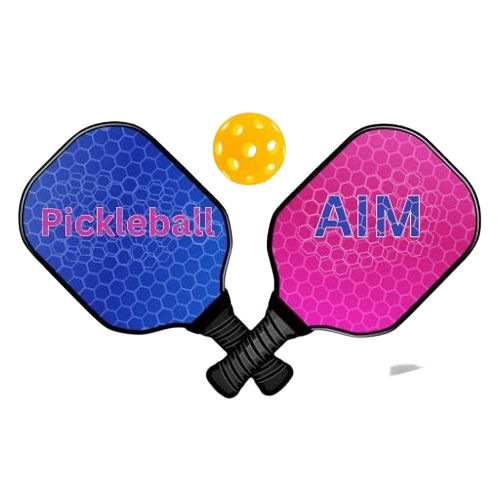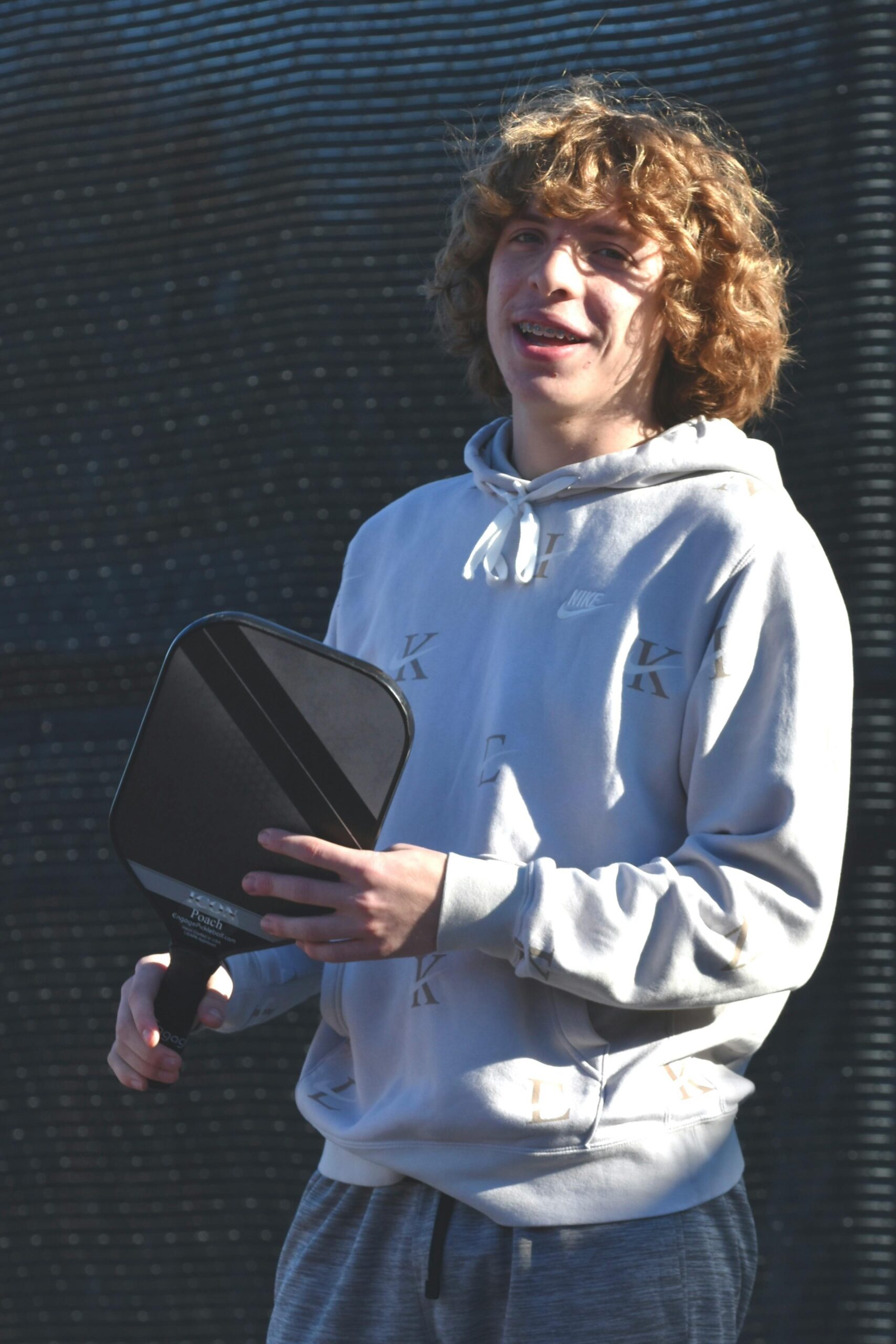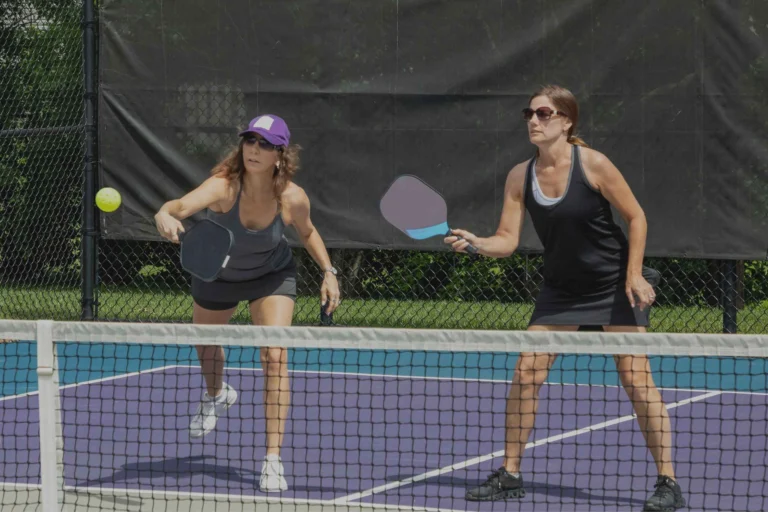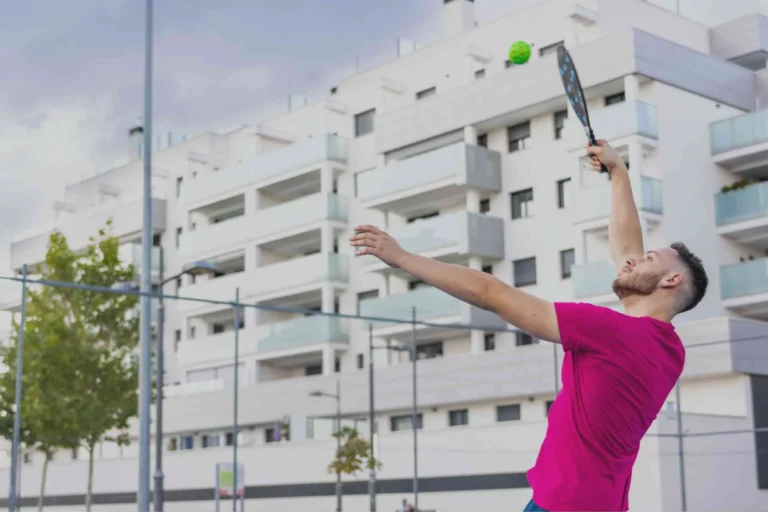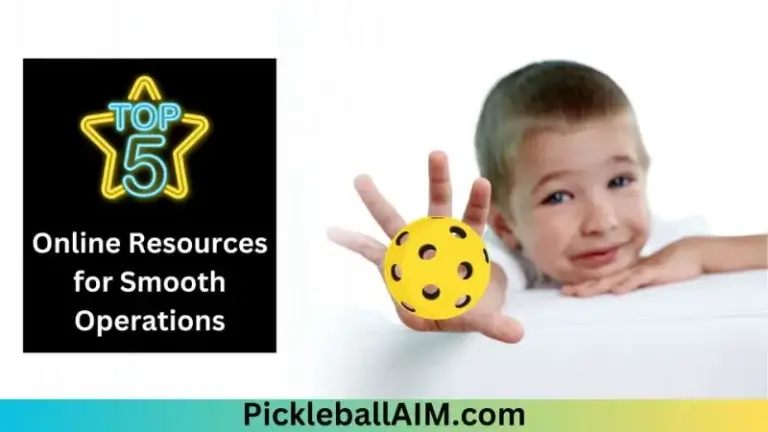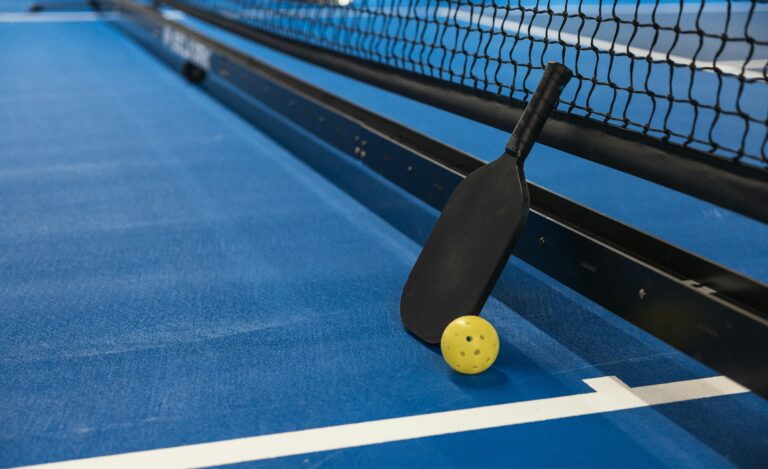The Secret Science of Dinking: Why It’s Not Just a Soft Shot
If you’ve played pickleball for more than ten minutes, someone’s probably told you to “work on your dink game.” At first, it sounds easy enough — just hit the ball softly over the net, right? Not so fast. The dink may look gentle, but it’s one of the most technical, strategic, and downright cerebral shots in the sport.
Think of it as chess disguised as ping-pong with sneakers. It’s slow, deliberate, and calculated — and mastering it can transform an average player into an absolute court genius.
Let’s break down the science of dinking and why it’s so much more than a “soft shot.”
1. The Physics Behind the Perfect Dink
At its core, dinking is all about control of energy. When you tap the ball lightly with your paddle, you’re absorbing its incoming force while redirecting it upward in a smooth arc. The best players keep their paddle slightly open and their wrist firm — think of it like catching a water balloon without bursting it.
The sweet spot? A dink that clears the net by inches and drops into the kitchen (that non-volley zone your opponents love to hate). It’s the only shot that neutralizes big hitters and resets the pace of the game — almost like hitting a “pause” button on chaos.
2. Dinking is a Mind Game
A good dink isn’t about power. It’s about psychology. When you dink well, you’re forcing your opponent into a dance they didn’t sign up for — slow, repetitive, and nerve-wracking. The longer the rally, the more likely they’ll get impatient and pop the ball too high. That’s when you strike.
In other words, dinking isn’t just a skill. It’s emotional manipulation with a paddle.
3. The Geometry of Angles
Every dink creates a new geometric puzzle. A short cross-court dink pulls your opponent wide, opening space down the line. A deep dink to their backhand pushes them off balance. Great players mix height, distance, and angle to create constant uncertainty.
You’re not just hitting a ball — you’re painting invisible triangles on the court that dictate movement, fatigue, and frustration.
4. Patience: The Unsung Superpower
If the smash is adrenaline, the dink is meditation. It demands patience — something most players lack. The best dink rallies can last 20, 30, even 40 shots. Each exchange is a test of focus and discipline.
When you resist the urge to hit hard, you’re not playing defensively — you’re baiting your opponent into error. In the pickleball hierarchy of greatness, patience beats power nine times out of ten.
5. The Setup Shot Nobody Sees Coming
The dink isn’t an endgame move; it’s a setup. The moment your opponent pops the ball up just a little too high, it’s your cue to drive or drop-shot it into open space. That’s why seasoned players say, “Dink to attack.” You’re using softness to set up savagery.
So yes, the dink looks harmless — but it’s actually the gateway drug to point domination.
6. Training Your Dink Reflex
To master dinking, ditch the power drills for a day. Practice controlled repetition instead. Stand at the kitchen line with a partner and keep the rally going for as long as possible. Count your dinks. Aim for 50 without breaking rhythm.
Bonus challenge: try dinking with one hand behind your back. It forces you to focus on balance and finesse rather than muscle memory.
7. The Zen of the Kitchen
Dinking teaches one of life’s greatest lessons: sometimes, less is more. When you’re in the kitchen trading soft shots, the world quiets down. You’re locked into the moment — calculating, reacting, breathing. It’s oddly peaceful, even when your quads are on fire.
So next time someone underestimates your dink, smile. Let them swing wild, get impatient, and send the ball sailing out of bounds. You’ll just nod, paddle in hand, and whisper: “It’s not just a soft shot. It’s science.”
